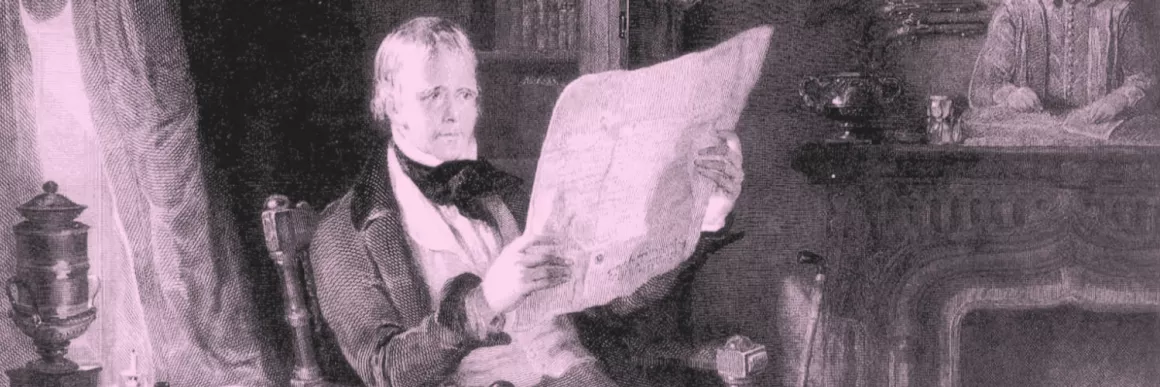Featuring essays by leading art historians, literary scholars, and historians of antiquarianism, this volume sheds new light on Romanticism's material and visual cultures. Romantic Antiquarianism reveals the important role that antiquarian discourses and practices played in shaping neoclassicism, the sublime, and other major concepts of the Romantic period. This volume of Romantic Circles Praxis Series includes an editor's introduction by Noah Heringman and Crystal B. Lake, with essays by Martin Myrone, Jonathan Sachs, Thora Brylowe, Rosemary Hill, Timothy Campbell, Ina Ferris, & Sam Smiles, and a response by Jonah Siegel.
This volume integrates literary scholarship on topics more familiar to Romanticists, such as the ballad revival and neoclassicism, with new research on visual and material culture. The volume includes essays by leading art historians, literary scholars, and historians of antiquarianism.
Abstract
In their Introduction to Romantic Antiquarianism, Noah Heringman and Crystal B. Lake survey the history of antiquarianism and theorize its practices, concluding with an overview of the seven essays in this volume. Paying particular attention to antiquarianism in popular culture, Heringman and Lake seek to redress the critical tendency to isolate antiquarianism as an amateurish fad, an eccentric pastime of interest to only a few specialists, or a discourse concerned primarily with documents and texts.
Extravagant Topography and Sublime Antiquarianism: John Martin, John Britton, Avebury, and Pompeii
Martin MyroneAbstract
Historical writing on landscape painting in 18th and 19th century Britain has often been guided by a distinction between topography and the Sublime. The sharp line thus drawn between the routine and the exceptional, the plain and the imaginative, the derided and the elevated, matches that drawn between antiquarianism and the modern discipline of history.
Abstract
This article explores problematic relation between the local, the national, and the international in antiquarianism through a focus on the issue of place in antiquarian writings. It looks specifically at the argument that literature can best be understood in its original place of composition as articulated in the writings of Robert Wood.
Abstract
Counterintuitively, Josiah Wedgwood's Staffordshire-made clay replicas of the acclaimed ancient Roman glass vessel known to Britons as the Portland Vase exceeded the cultural authority of the Vase itself. The Wedgwood copies were celebrated as national treasures, extolled in paint and poem, and a copy remains on exhibit in the British Museum. Both Benjamin West's painting Manufactory Giving Support to Industry (1791) and Erasmus Darwin's The Botanic Garden (1791), which includes illustrations of the Vase by William Blake, offered tribute to Wedgwood’s copies.
Abstract
Between 1789 and 1851 antiquarianism blossomed. One of its more notable manifestations was the creation of "Romantic interiors," rooms, houses, even occasionally churches, which expressed the dynamic relationship with the past that characterised the period. In these spaces the personality of the creator was expressed through objects. Past and present were elided and rearranged for imaginative effect. Though not unknown, in the earlier eighteenth century such creations were rare; by the mid-nineteenth century the Romantic interior was an accepted style of interior decoration.
Abstract
In this essay, Campbell traces the peculiar re-circulations of Thomas Pennant's 1770s antiquarian description of an archaic Scottish proto-guillotine. These re-circulations culminated in a late-Romantic fantasy that Pennant's antiquarian labors had brought the modern, French guillotine to life. But even in the 1790s moment of the French Revolution, as the fashionable periodical The Bon Ton Magazine makes most remarkably clear, Pennant's prose was mediating the British encounter with the French guillotine in extraordinary ways.
Abstract
This essay reads the genre of illustrated antiquarian history to argue that in contrast to literary antiquarianism, this form of publication rooted in the archive was governed by a poetics of the piece premised on the portability rather than persistence of the past.
Abstract
The Irish artist and antiquarian George Petrie's publication The Ecclesiastical Architecture of Ireland (1845) refers to its illustrations by George Hanlon as exemplary instances of accuracy and truthfulness, very different in kind to picturesque depictions. Petrie's statement prompts further thoughts about the function of archaeological/antiquarian illustration and the possibility of its attaining the standard Petrie endorses.
Abstract
The antiquarian project is based on the unbridgeable gap we know to divide the past from the present. The embarrassment it provokes is due in part to the necessary failure of all attempts to truly understand a lost era combining with the insight the attempt affords into the never fully dispassionate drives motivating the researches in the first place.

